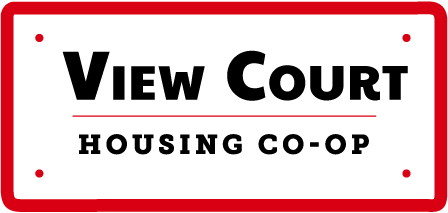In 2006, prior to the reconstruction of our roof, members voted on a decision to ensure our new roof included infrastructure or “sleepers” that would support solar panels for solar domestic hot water at some point in the future. In 2007, “Sleepers” were installed for a cost of $3,000.00. Earlier that year, Taylor Munroe Energy Systems initially estimated between 10 and 30 panels would be needed but later confirmed 20 panels as adequate . Given that the panels would cost us $36,000 we were concerned about the warranty ending after 10 years while the financial returns would not be seen until after 16 years.
In the fall of 2011, after seeing incremental increases to our gas and hydro rates over the past year, we contracted two solar companies (Sunbright Solar and Vancouver Renewal Energy Co-op VREC) to conduct feasibility studies for comparison to the report received by Taylor Munroe over four years ago. At this time we were also needing to replace our boiler and so inquired whether or not these companies would include a solar system for our boiler as well as solar domestic hot water in there reports. While one company said their distributor would be able to do include solar to preheat our boiler, it would be expensive. The other company noted that much more space would be needed to store preheated hot water and that it would not be effective for our co-op. At this point, solar for our boiler was excluded from the studies.
Both companies assessed both vacuum tubes and flat panels but proceeded with flat-plate panels since they outperform the more expensive Evacuated Tubes providing us with an earlier financial return. All three companies used “RETscreen screen” to determine the duration of financial return.
The two most recent reports identified significant differences between the estimates of our water consumption which determines the number of panels required. Required storage capacity was also a big difference since greater capacity provides larger savings. As noted previously, space is at a premium in our west basement so creative ideas on vertical storage containers were considered. Cost savings over the lifespan of the panels (30 to 35 years) ranged from $10 000.00 in one report to $438,000.00 in the other. Gas consumption cost escalation ranged from 3% to 12%, and even now these percentages are changing and hard to predict, but clearly increasing according to our recent gas utility invoices. Data collected since 2005 shows that each November from 2005 – 2010 we have seen an additional increase of 141GJ or 200% of gas consumption, likely due to our aging gas boiler. (144GJ in Nov 2005 to 167 GJ in Nov 2006, 180GJ in Nov 2007, 190GJ in Nov 2008 and 285GJ in Nov 2010).
According to the City of Vancouver planning department, we would be permitted to install solar panels on our roof. We may be required to situate them horizontally rather than vertically in order that they not be seen from the street level in our heritage B zone RT-6. Both companies verified that panels can lie horizontally and the set backs are adequate to ensure minimal visual impact from the street level.
Given the progress of our current electrical project, due for completion in 2012, the co-op decided not to move forward with this initiative at this time. While one of these companies enticed us with a grant Federal funding opportunities seen in the past five years have not been readily available, however, Van City still provides interest free loans for eco projects. We will need to continue searching funding opportunities in order kick start this project so we can balance the increasing cost of increasing energy. It is expected that we will see a decrease in our gas consumption with a new boiler and hopefully solar technology will improve and drop in price over the next 10 years.
